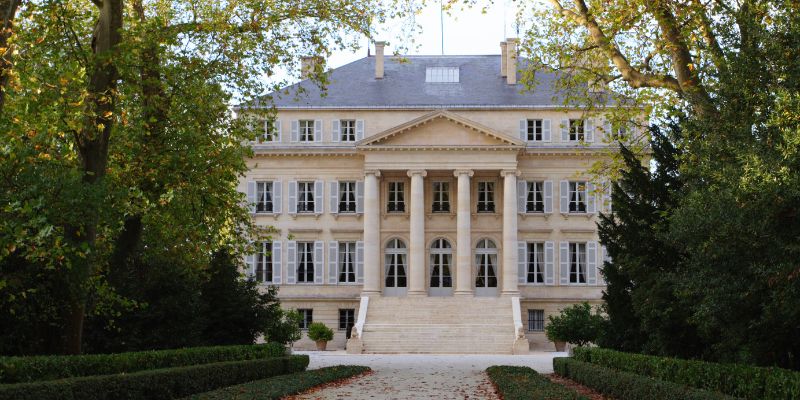Introductory Wine Course
Old World Wines
Old World wine refers to wines produced in regions with centuries-old winemaking traditions, primarily across Europe, the Mediterranean, and parts of the Middle East. These wines come from areas where viticulture developed over millennia, establishing practices, regulations, and styles that remain influential worldwide. Old World wines typically emphasize terroir over varietal character, meaning the focus rests on expressing the unique characteristics of specific vineyard sites rather than showcasing grape variety alone. Understanding Old World wine means learning to appreciate subtlety, restraint, and the relationship between wine and place, where strict regulations often govern everything from permitted grape varieties to maximum yields and aging requirements.
Defining Old World: Geography and Philosophy
Old World wine regions encompass France, Italy, Spain, Portugal, Germany, Austria, Greece, and other European countries where winemaking predates written records in many cases. These regions developed classification systems that protect geographic names and traditional methods, such as France's Appellation d'Origine Contrôlée and Italy's Denominazione di Origine Controllata. The Old World approach generally favors balance and food compatibility over fruit-forward power, resulting in wines with higher acidity, moderate alcohol, and earthy or mineral characteristics alongside fruit flavors. Climate plays a significant role in shaping this style. Most Old World regions experience cooler temperatures and more vintage variation than their New World counterparts, leading to wines that reflect annual weather patterns distinctly. Winemakers traditionally intervene less in both vineyard and cellar, allowing natural characteristics to dominate. This philosophy produces wines that may seem less immediately approachable but often reward patience and pair more gracefully with meals, revealing layers of complexity that develop both in the glass and over years of bottle aging.
A signature style of the old world is a wine that is dryer, and shows more non- fruit aroma and flavor.
Bordeaux and Burgundy are France's Cornerstones
Bordeaux represents the archetype of blended red wine, where Cabernet Sauvignon, Merlot, Cabernet Franc, Petit Verdot, and Malbec combine in varying proportions depending on the property and vintage conditions. The Left Bank, including famous appellations like Pauillac and Margaux, favors Cabernet Sauvignon, producing structured, age-worthy wines with cassis, cedar, and graphite notes. The Right Bank areas of Pomerol and Saint-Émilion emphasize Merlot, creating softer, more velvety wines. Bordeaux also produces exceptional dry white wines from Sauvignon Blanc and Sémillon, plus sweet Sauternes from botrytis-affected grapes. Burgundy takes the opposite approach, focusing almost exclusively on single-variety wines from Pinot Noir and Chardonnay. The region's complex hierarchy of appellations, from regional to Grand Cru, reflects subtle differences in soil and exposure that profoundly impact wine character. Burgundian wines emphasize finesse, transparency, and aging potential, with even modest appellations showing remarkable complexity. Both regions demonstrate Old World's commitment to place-based wine, where the vineyard's identity matters more than the winemaker's signature style.

Rioja and Tuscany are the Epitome of the Old World
Rioja in northern Spain built its reputation on Tempranillo-based red wines that undergo extended oak aging, traditionally in American oak barrels that impart distinctive vanilla and coconut notes alongside red fruit, leather, and tobacco flavors. The region's classification system based on aging duration, from young Crianza through Reserva to Gran Reserva, helps consumers understand style and readiness to drink. Rioja whites, primarily from Viura, range from fresh and unoaked to rich and barrel-aged. The region balances tradition with innovation, as some producers now favor French oak and shorter aging regimens. Tuscany centers on Sangiovese, Italy's noble grape, which forms the backbone of Chianti, Brunello di Montalcino, and Vino Nobile di Montepulciano. Sangiovese produces wines with bright cherry fruit, herbal notes, firm acidity, and substantial tannins that soften beautifully with age. Chianti Classico from the heartland between Florence and Siena showcases traditional expression, while coastal areas produce the Super Tuscans that blend international varieties with local grapes, challenging and expanding regional wine laws in the process.
Old World wines offer a window into centuries of winemaking evolution, where tradition, regulation, and terroir shape distinct regional styles. From Bordeaux's structured blends to Burgundy's single-variety expressions, and from Rioja's aged Tempranillos to Tuscany's Sangiovese-based wines, these regions demonstrate how place and practice combine to create wines of complexity and character. Exploring Old World wines builds appreciation for subtlety, balance, and the deep connection between wine and the land that produces it.